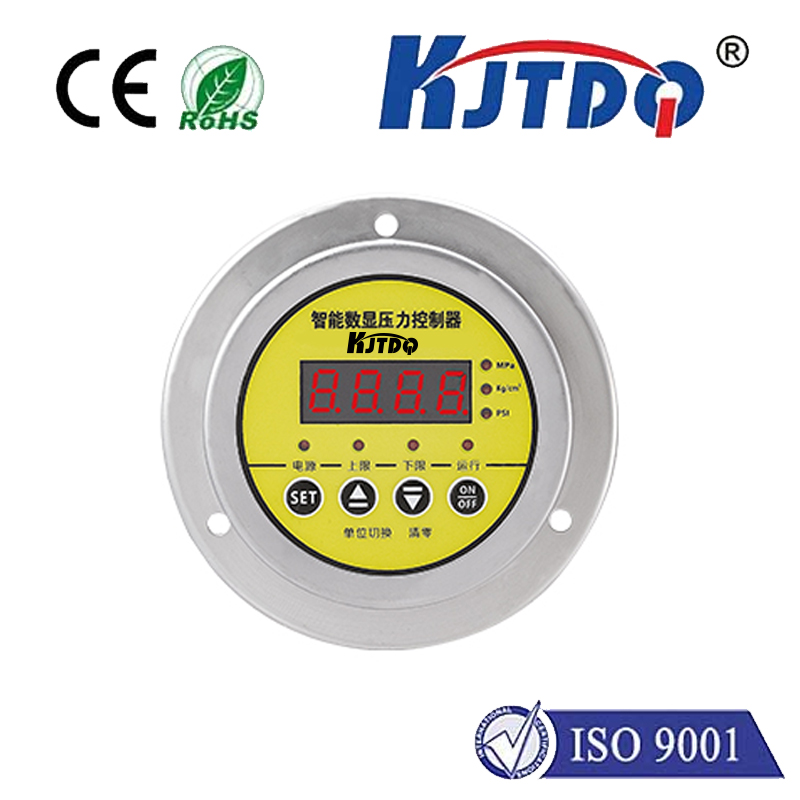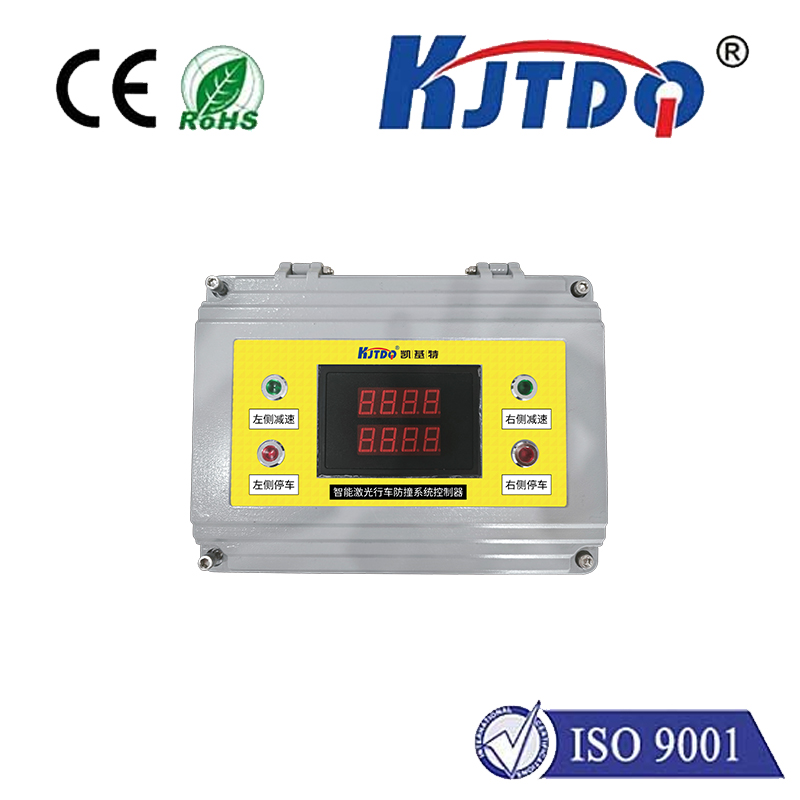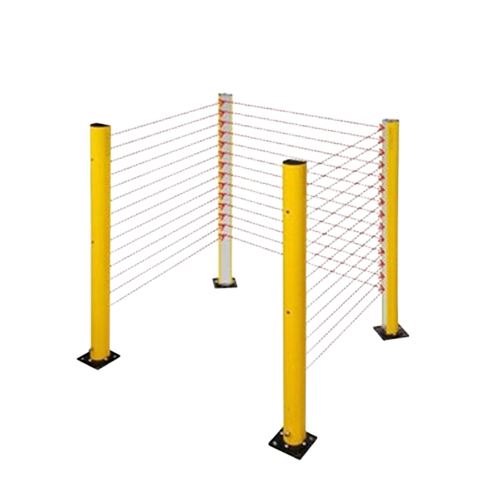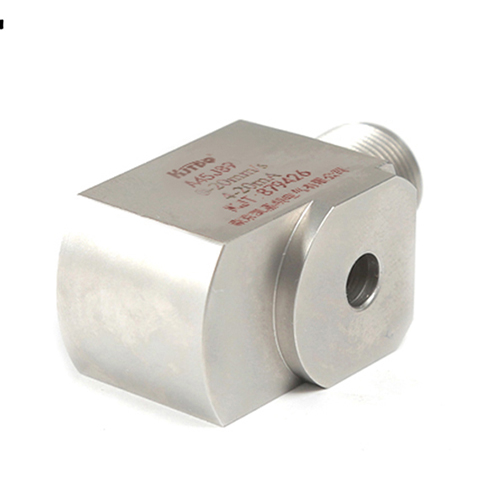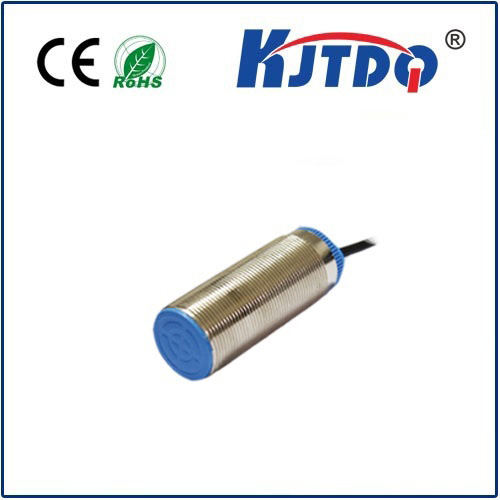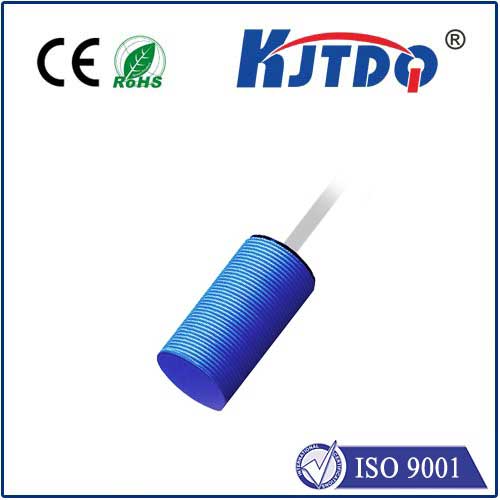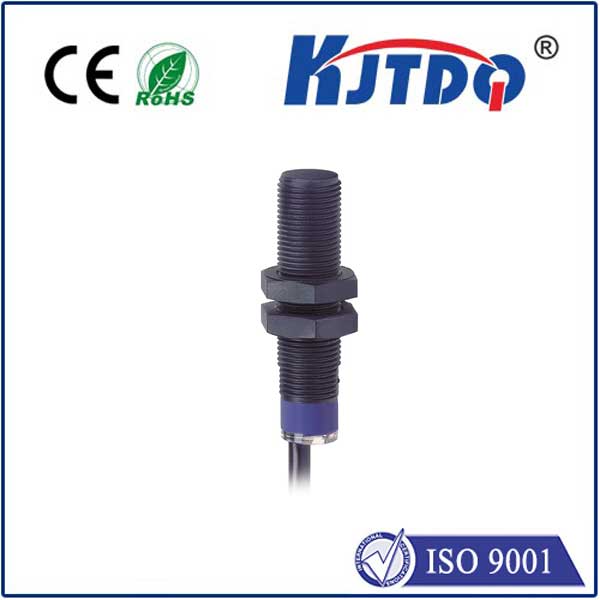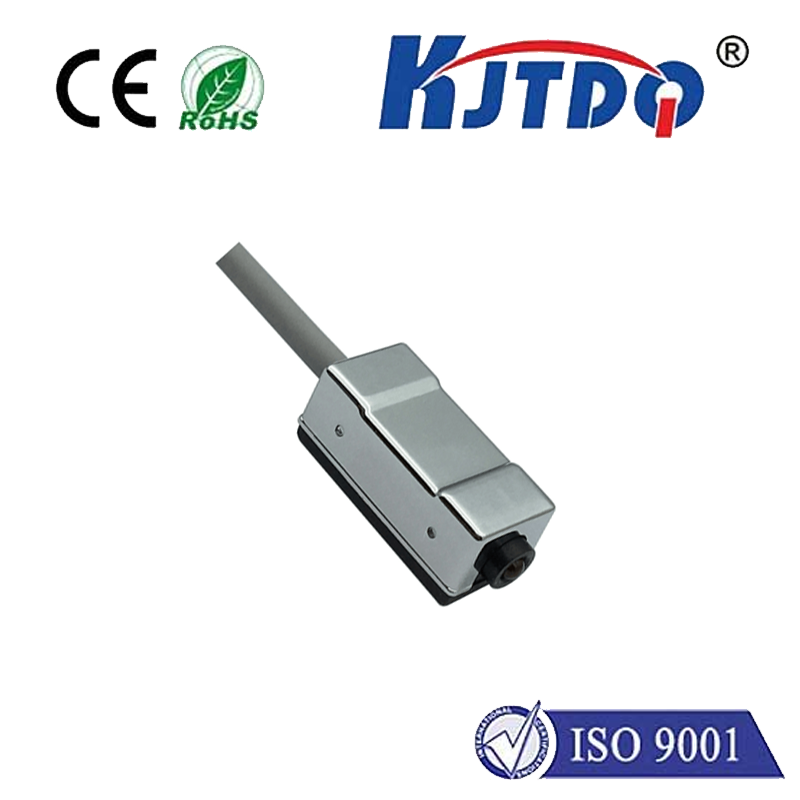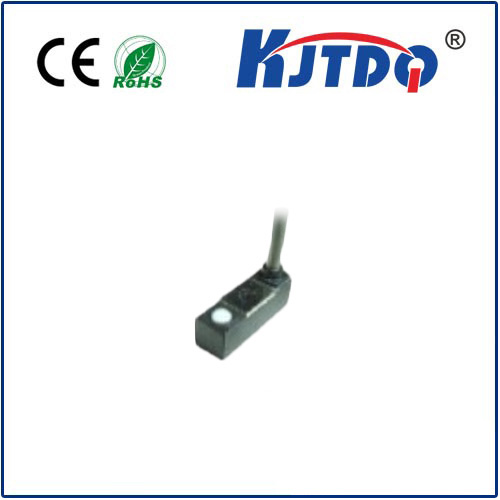proximity light sensor
- time:2025-06-17 01:03:33
- Нажмите:0
Proximity Light Sensors: Precision Detection for a Connected World
Imagine your smartphone screen gently dimming as you lift it to your ear, an automatic faucet starting a stream without a touch, or a robot seamlessly navigating around unexpected warehouse obstacles. These seemingly intuitive interactions rely on an unseen hero: the proximity light sensor. These ingenious devices are the silent guardians of convenience, safety, and efficiency, detecting the presence, absence, or distance of nearby objects using light as their primary tool. Understanding how they work and where they excel is key to appreciating their vital role in our increasingly automated environment.
The Fundamental Principle: Light as a Probe
Unlike simple mechanical switches, proximity light sensors operate without physical contact. Their core function is non-invasive detection. They typically consist of two key components:
- An Emitter: This component generates a beam of light, most commonly in the Infrared (IR) spectrum, invisible to the human eye for discretion. Some advanced sensors use laser diodes, visible LEDs, or specialized light sources.
- A Receiver (Detector): This component is sensitive to the specific light wavelength emitted. It continuously monitors the environment for changes in the received light signal caused by an object entering the detection zone.
How They “See” Your Presence: Key Operational Modes

Proximity light sensors primarily function through two fundamental methods, dictating whether they detect simple presence or measure precise distance:
- Reflective (Diffuse) Sensing: This is the most common approach for basic presence detection. The emitter and receiver are housed together in a single unit. The emitter sends out a light beam (usually IR). When an object enters the sensor’s field of view, some of this light is reflected back towards the receiver. The sensor detects this reflected light, triggering its output signal. The strength of the reflection generally indicates proximity, but distance measurement is less precise than with other methods. Examples include:
- Smartphone screens dimming during calls.
- Automatic hand dryers/towel dispensers.
- Object detection on conveyor lines.
- Simple robot obstacle avoidance.
- Time-of-Flight (ToF): This method offers much higher precision for distance measurement. The sensor emits a short pulse or modulated beam of light (often IR laser or advanced LED). It precisely measures the time it takes for the light to travel to the target object and back to the receiver. Since the speed of light is constant (~3x10^8 m/s), calculating the distance becomes a straightforward formula: Distance = (Speed of Light × Time of Flight) / 2. ToF sensors provide highly accurate distance data, crucial for applications like:
- Advanced robotics navigation and mapping (SLAM - Simultaneous Localization and Mapping).
- Gesture recognition systems (e.g., controlling devices with hand waves).
- Industrial automation requiring precise object positioning.
- Automotive applications (in-cabin monitoring, simple parking assistance).
Why Choose Light? Key Advantages Driving Adoption
Proximity light sensors offer compelling benefits over other proximity detection technologies like ultrasonic or capacitive sensors:
- High Precision (Especially ToF): Capable of detecting tiny objects and providing millimeter-level accuracy in distance measurement.
- Non-Contact Operation: No wear and tear from physical interaction, leading to longer lifespan and reliability.
- Fast Response Time: Light travels incredibly fast, enabling detection and measurement within milliseconds – crucial for real-time applications.
- Compact Size: Modern semiconductor technology allows for incredibly small sensor modules, perfect for space-constrained devices like smartphones and wearables.
- Многогранность: Can detect a wide range of materials (though reflectivity varies), unlike capacitive sensors which primarily sense conductive objects.
- Selective Detection: Can be tuned to ignore ambient light interference through modulation techniques or optical filters.
Ubiquitous Applications: Where Precision Detection Matters
The unique blend of precision, speed, and non-contact operation makes proximity light sensors indispensable across countless sectors:
- Consumer Electronics: The most visible application. Found in smartphones (screen on/off control during calls, automatic brightness adjustment near the ear), tablets, laptops (wake-on-approach), smartwatches (wrist detection), TVs (presence detection for power saving), and VR/AR headsets.
- Промышленная автоматизация: Essential for object counting, precise positioning on assembly lines, robotic guidance and obstacle avoidance, level sensing (in transparent containers), and quality control.
- Automotive: Enhancing safety and comfort inside the cabin (occupant detection for airbag control, driver alertness monitoring) and contributing to basic automation features like hands-free trunk opening.
- Building Automation & Security: Enabling touchless operation of faucets, soap dispensers, hand dryers, doors, and elevators (promoting hygiene and convenience). Used in security systems for presence detection in restricted areas.
- Robotics: Providing critical environmental awareness for navigation, obstacle detection, and interaction within unstructured environments.
- Medical Devices: Ensuring safety and correct operation in equipment like infusion pumps (detecting proper tubing placement) or diagnostic instruments.
Optimizing Integration and Performance
While powerful, deploying proximity light sensors effectively requires consideration of several factors:
- Optics: Lenses shape and focus the emitted beam and define the receiver’s field of view, crucial for determining the sensor’s effective range and detection zone.
- Material Properties: The target object’s color, texture, and especially its reflectivity at the sensor’s operating wavelength significantly impact performance. Dark, non-reflective materials are more challenging to detect reliably.
- Ambient Light: Bright sunlight or strong artificial light can saturate the receiver. Effective sensors employ modulation techniques (pulsing the emitter at a specific frequency) and optical filters to distinguish their own signal from background noise.
- Environmental Conditions: Dust, fog, steam, or condensation can scatter or attenuate the light beam, potentially reducing range or causing false triggers. Sensor housing and sealing are critical for harsh environments.
- Power Consumption: Balancing detection frequency, range, and power draw is vital, especially for battery-powered devices like smartphones. Sensors often feature low-power sleep modes.
The Future is Bright and Aware
As technology evolves, proximity light sensors continue to advance. Miniaturization makes them viable for ever-smaller wearables and IoT devices. Improvements in ToF technology offer higher resolutions, longer ranges, and lower power consumption. Integration with other sensors (like cameras and IMUs) and sophisticated algorithms enables complex functionalities like detailed 3D mapping, advanced gesture recognition, and more intuitive human-machine interaction. Their ability to provide precise, real-time spatial awareness makes them fundamental building blocks in the development of truly intelligent machines and responsive environments. From the phone in your pocket to the factory floor and the car of the future, proximity light sensors quietly shape a world where technology anticipates our needs and interacts seamlessly with its surroundings.

